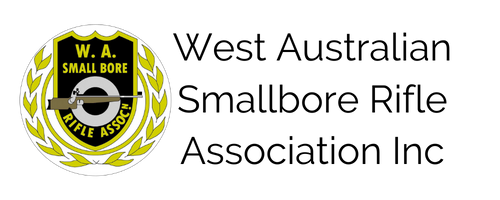Shooting is a very safe and fun sport for all. While it can be physically demanding on your muscles, it is much more of a mental sport, which also makes it very rewarding when you get it right.
Shooting can be enjoyed by men, women, juniors (from 12 years old) and people with a disability. In fact, it is not uncommon to see all of them shooting together in the one match. It is one of the only sports where your physical stature does not determine your level of success.
What we shoot
WASRA members shoot a number of different types of shooting positions. Here is an overview of what our members are shooting.
Prone
Prone shooting is the most popular positions shot by smallbore rifle shooters in Australia. It is an ISSF shooting position with the 60 shot prone match being shot internationally at the World Championships by both men and women. It was also an Olympic event until the Rio Games in 2016.
Laying on your stomach, the rifle and position is supported on both elbows, with the butt of the rifle firmly in your shoulder. Extra support and stability are provided by your shooting jacket, which is generally made from leather with a canvas lining.
A leather or nylon sling takes the weight of the rifle, allowing the shooter to be relaxed and not have any fatigue from excess muscle tension.
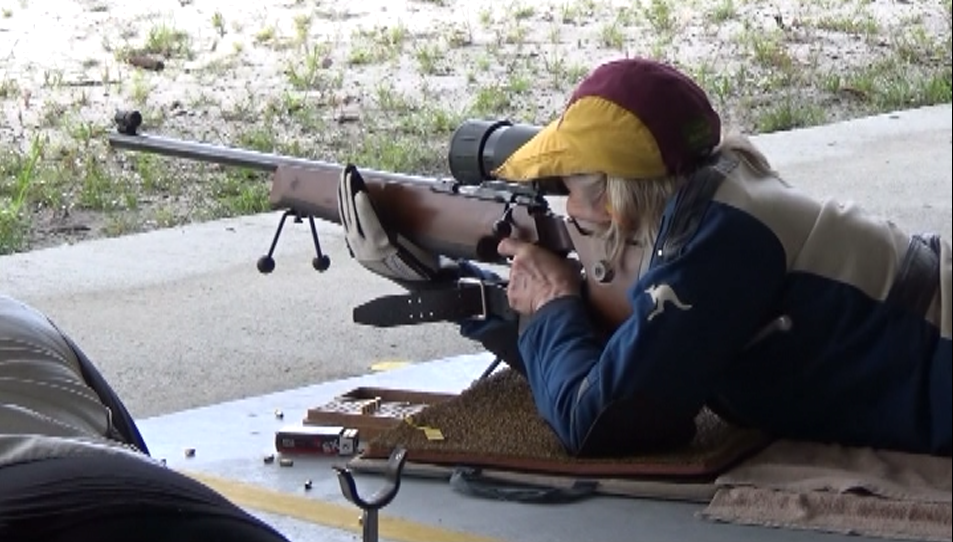
Sighting is done through “peep” sights, just place the aiming mark in the centre of your foresight ring, then place the foresight in the middle of the rear sight. When that is done, you can fire the shot.
We mainly shoot at targets 50 meters away, but also have other competitions at 20 meters, and 90 meters. To make things easier, the targets at 20, 50 and 90 meters are all to scale, so scoring similar results at all ranges is quite achievable.
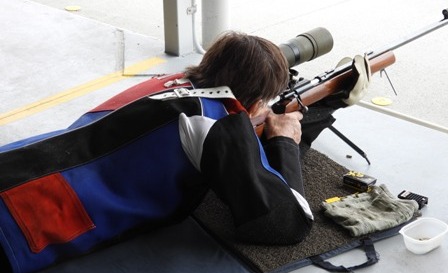
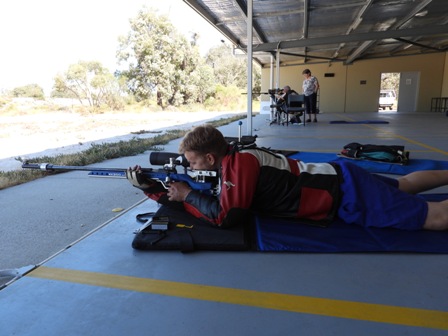
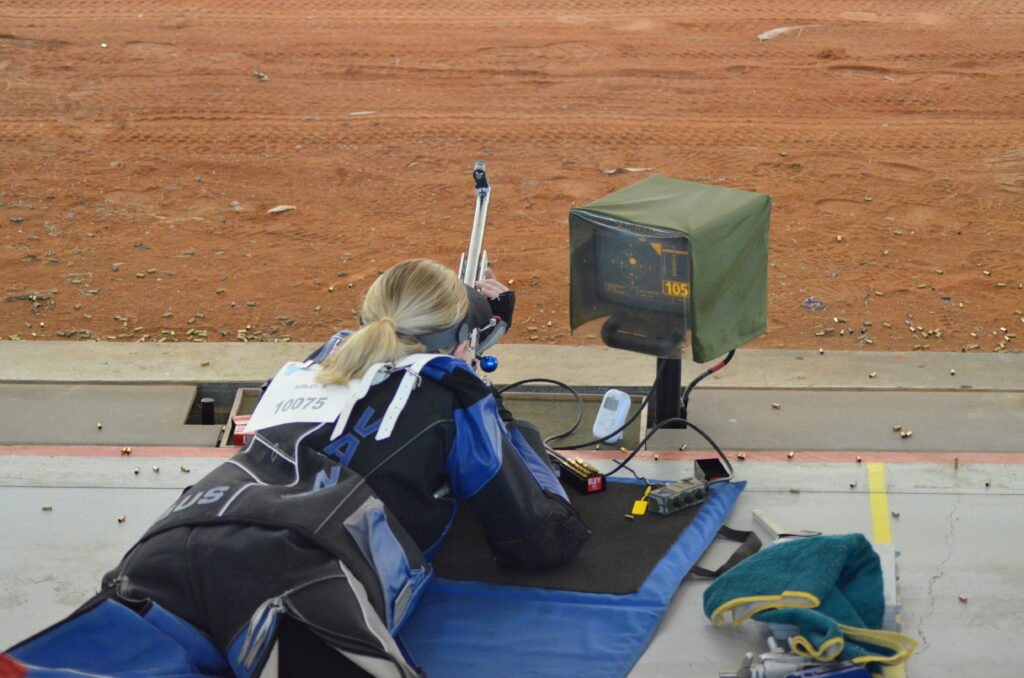
3 Position Rifle
A 3 position match consists of 20 shots in the prone position (same as above), 20 shots in the standing position and 20 shots in the kneeling position for a total out of a possible 600 points. It is shot outdoors with the target at 50 meters. The 3 position match is shot internationally all the way up to the Olympic Games.
Standing
The rifle is placed into your shoulder and then rested on your hand, with the elbow from the same arm resting on your hip. Unlike the prone or kneeling position there is no extra help from a sling and so the stability comes from your bodies ability to balance.
The standing position is one of the hardest to master and takes a lot of skill to become as still as possible and to be able to release a shot without disturbing the sights or position.
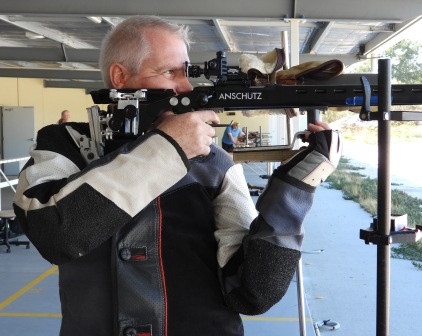
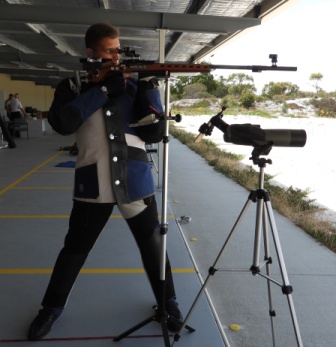
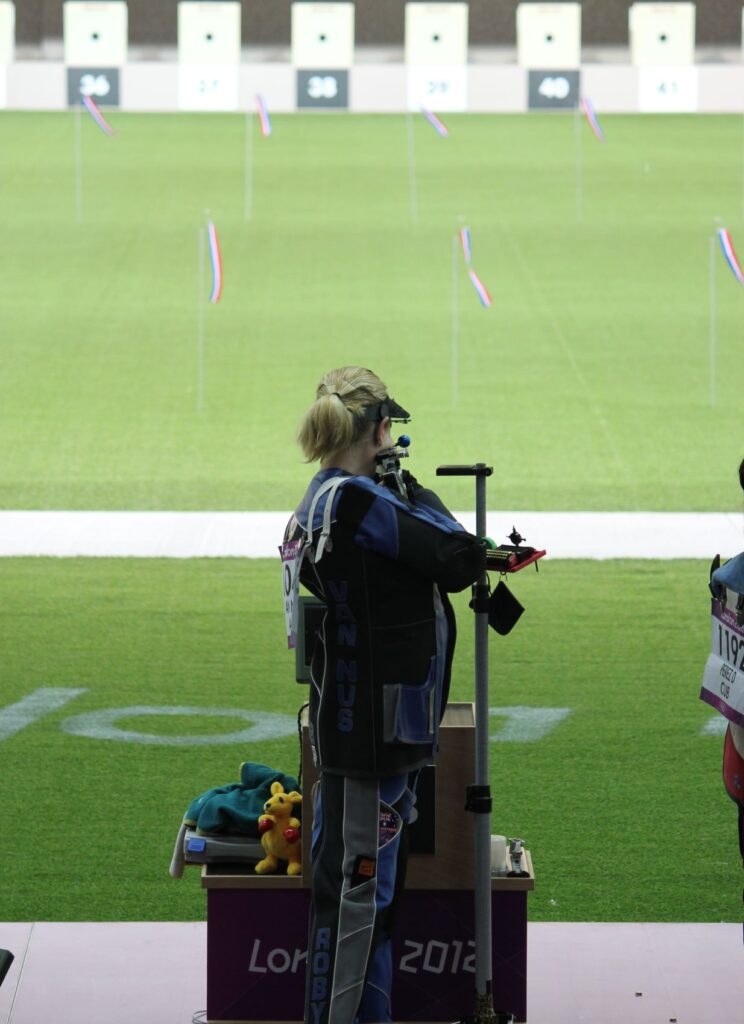
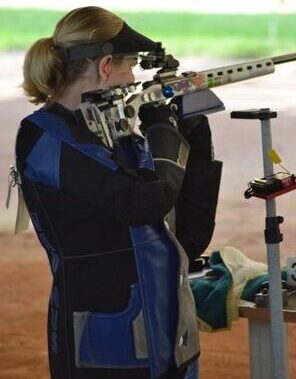
Kneeling
The kneeling position, whilst looking difficult to achieve and maintain, can essentially be looked upon as an ‘elevated’ prone position with your elbow resting on your knee and the rifle being supported by a sling.
The best shooters look to achieve similar scores in both their prone and kneeling sections of the match.
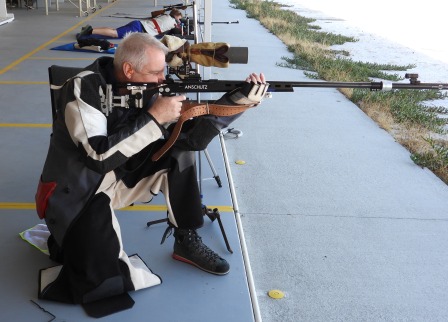
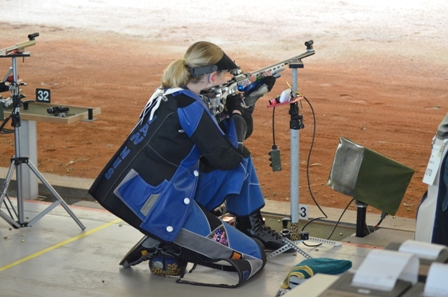
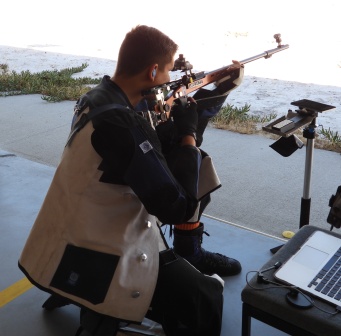
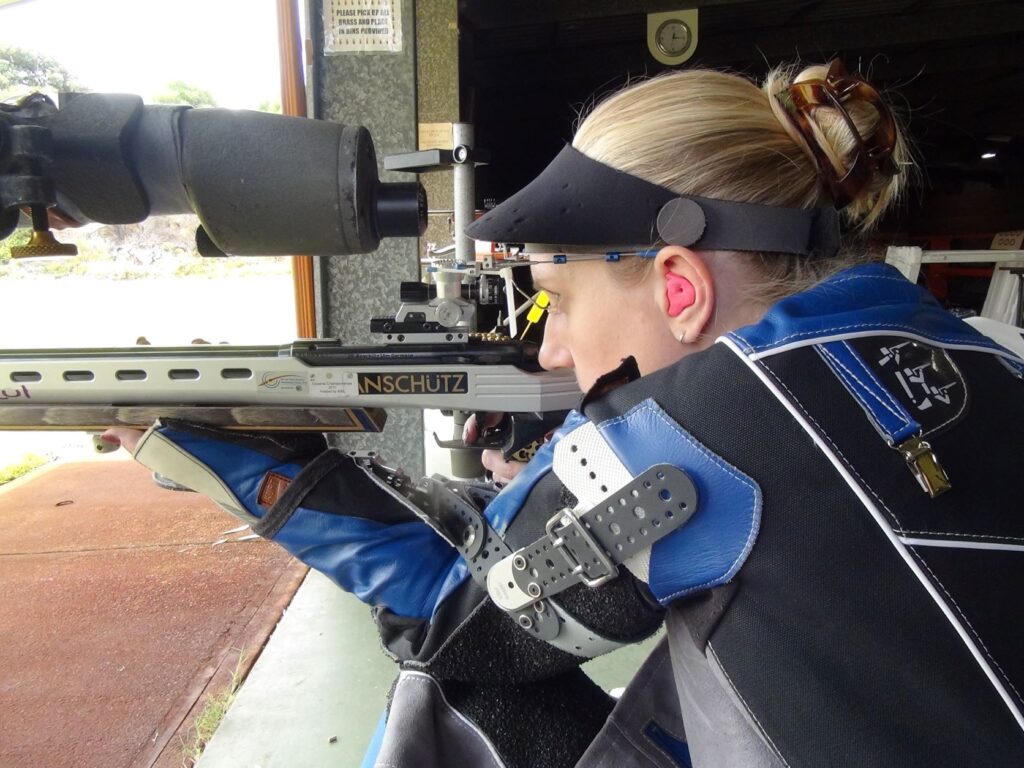
Air Rifle
Air rifle is shot indoors over a range of 10 meters with a .177 calibre rifle powered by an air canister. The target bullseye or 10 ring measures 0.5 of a mm in diameter.
Air rifle is shot in the standing position. Shooters require a fine sense of balance and need to become perfectly still to shoot good shots. The shooting jacket, trousers and boots provide the extra support to hold the shooter in position.
Both men and women shoot a 60 shot competition match. Air rifle is shot in the Olympics.
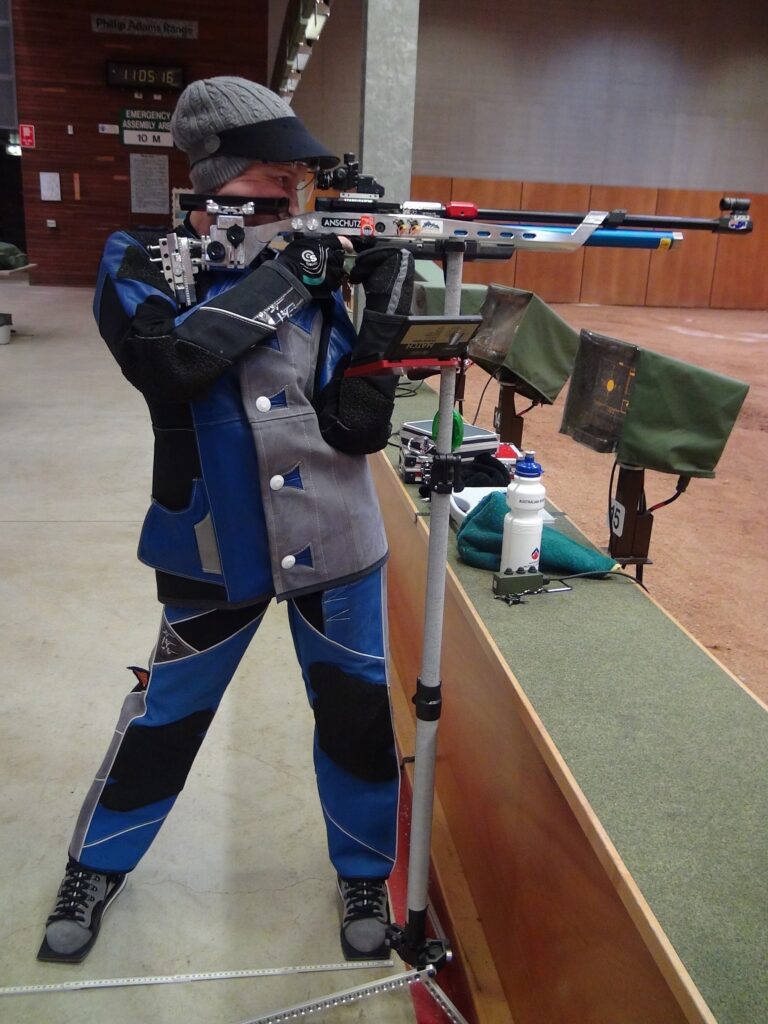
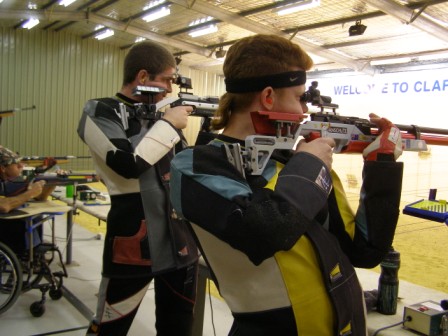
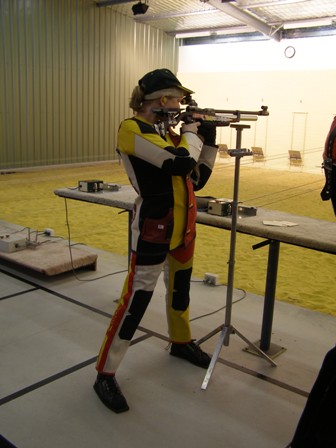
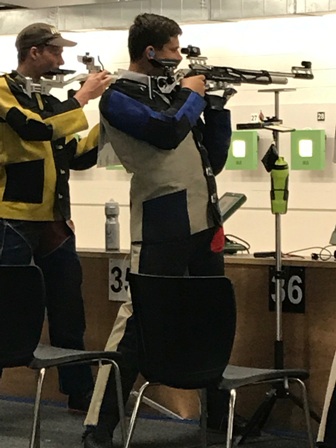
Bench Rest
Bench rest is a popular choice for many of our members, especially those who have trouble getting into the positions of the more traditional shooting disciplines.
The rifle is supported on a precision front rest and a bag to support the butt end of the rifle. Your elbows rest on the bench in a way similar to how prone shooters rest them on the ground.
The rifle also has a telescopic sight for easier sighting, although the fundamentals of good shooting – building a solid position, good trigger control and wind reading ability apply just as much in Bench Rest as they do in prone shooting.
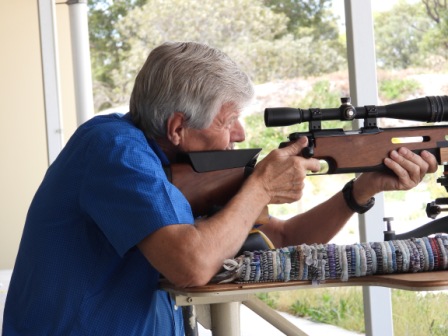
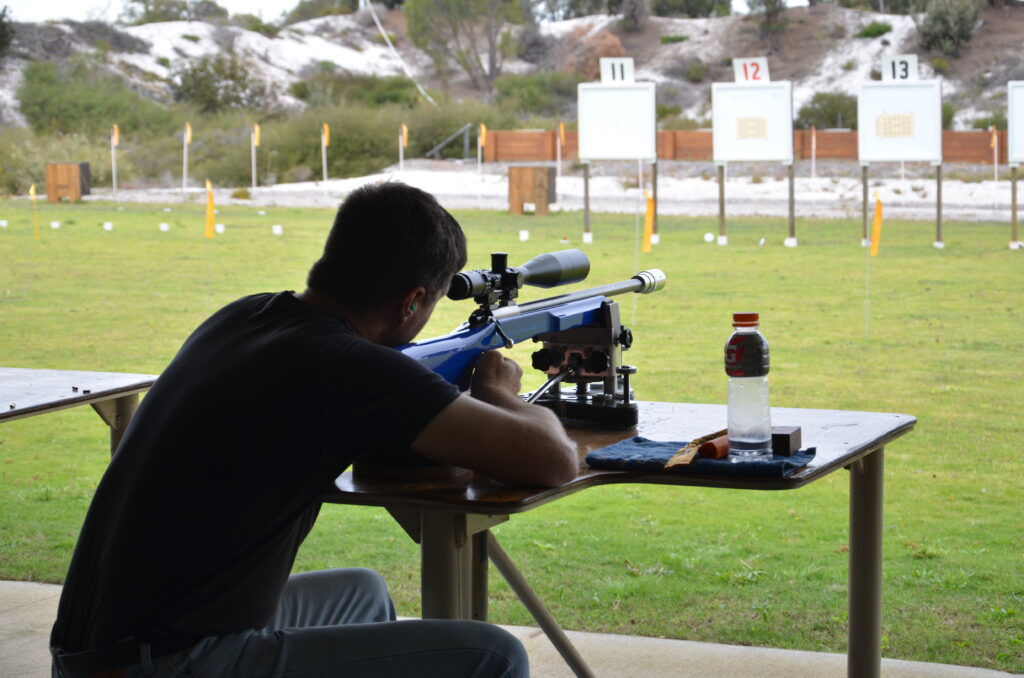
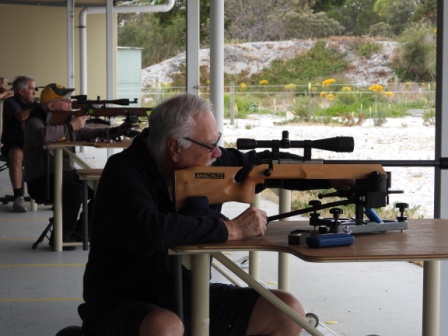
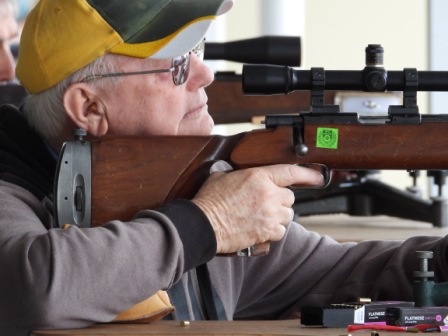
Supported Air
Supported Air rifle, just like regular air rifle is shot indoors over a range of 10 meters with a .177 rifle. The target bullseye or 10 ring measures 0.5 of a mm in diameter.
It is also shot in the standing position, however the difference is the front end of the rifle rests on a stand. Shooters still require a solid sense of balance and need to control their body to shoot good shots. Some shooters, especially those over the age of 70 elect to sit on a backless chair to shoot supported air rifle.
This discipline is fun and competitive, can be shot indoors, with age no barrier to successful performance.
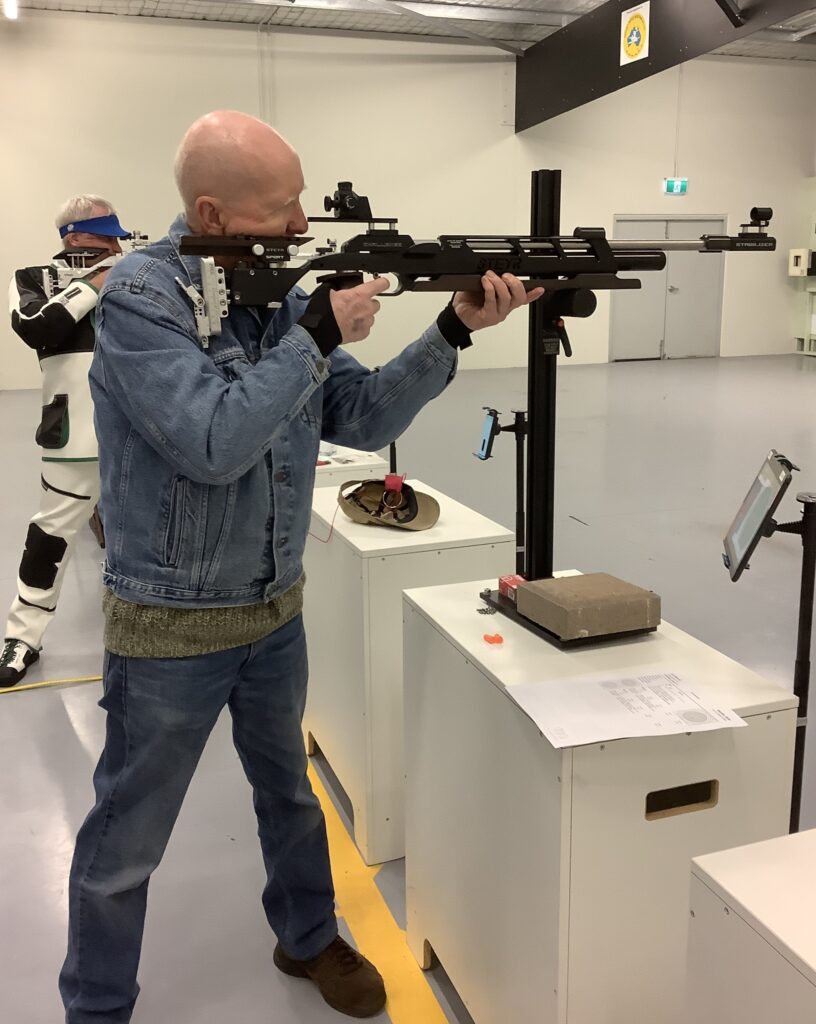
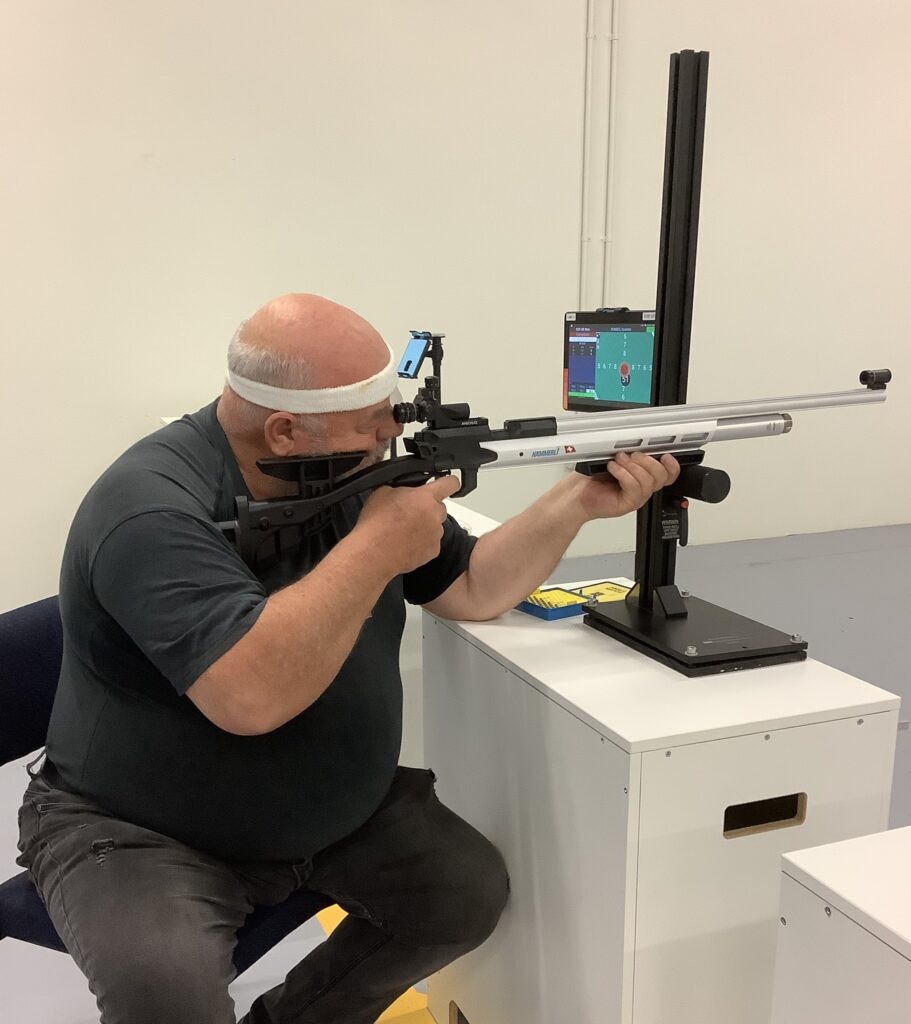
F Class
F Class shooting is a new and developing smallbore shooting discipline that is quickly becoming very popular in WA. The discipline requires a .22 rimfire rifle, with standard velocity ammunition. The rifle can be a .22 sporting rifle or a modified target rifle.
Laying on your stomach in the prone position, the front end of the rifle is supported on a bipod, with the butt of the rifle supported in the shooter’s shoulder. If shooting prone is a physical challenge, then F Class shooters can also shoot from a bench with their rifle and bipod.
Sighting is done through a telescopic sight mounted on the rifle, and again the fundamentals of good shooting – building a solid position, good trigger control and wind reading ability apply just as much in F Class as they do in all shooting.
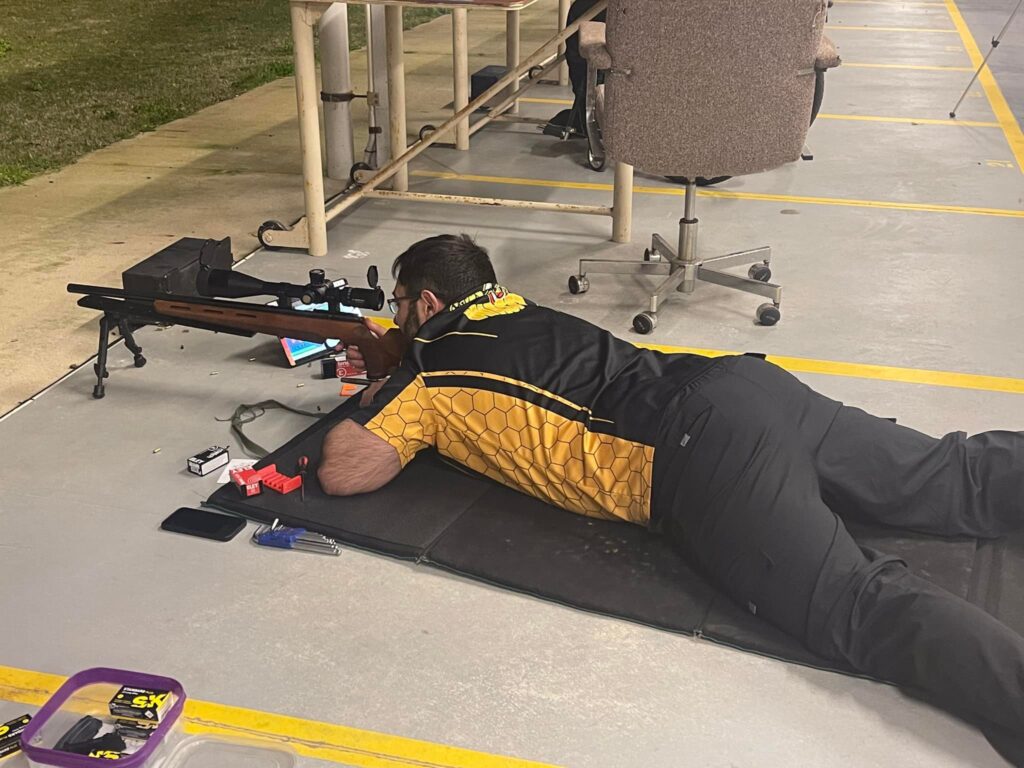
It is mainly shoot at targets 50 meters away, but there are also other competitions at 20 meters, and 90 meters. To make things easier, the targets at 20, 50 and 90 meters are all to scale, so scoring similar results at all ranges is quite achievable.
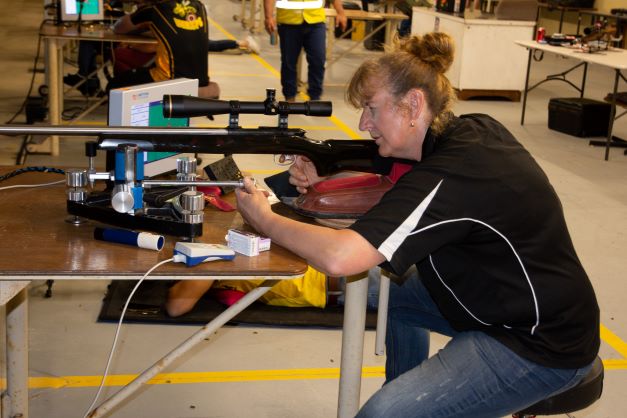
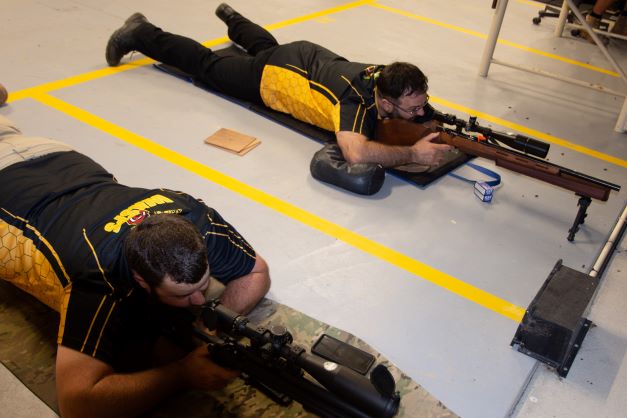
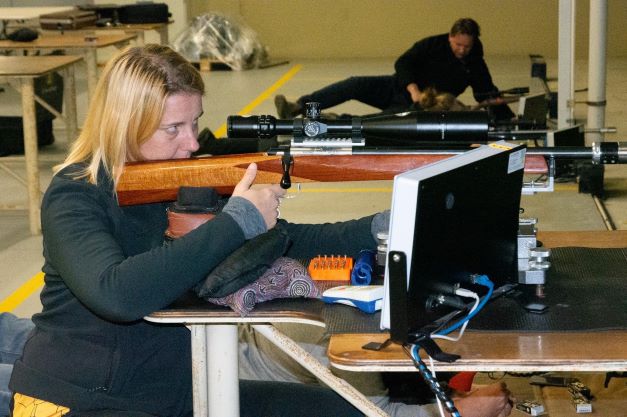
Athletes with a disability
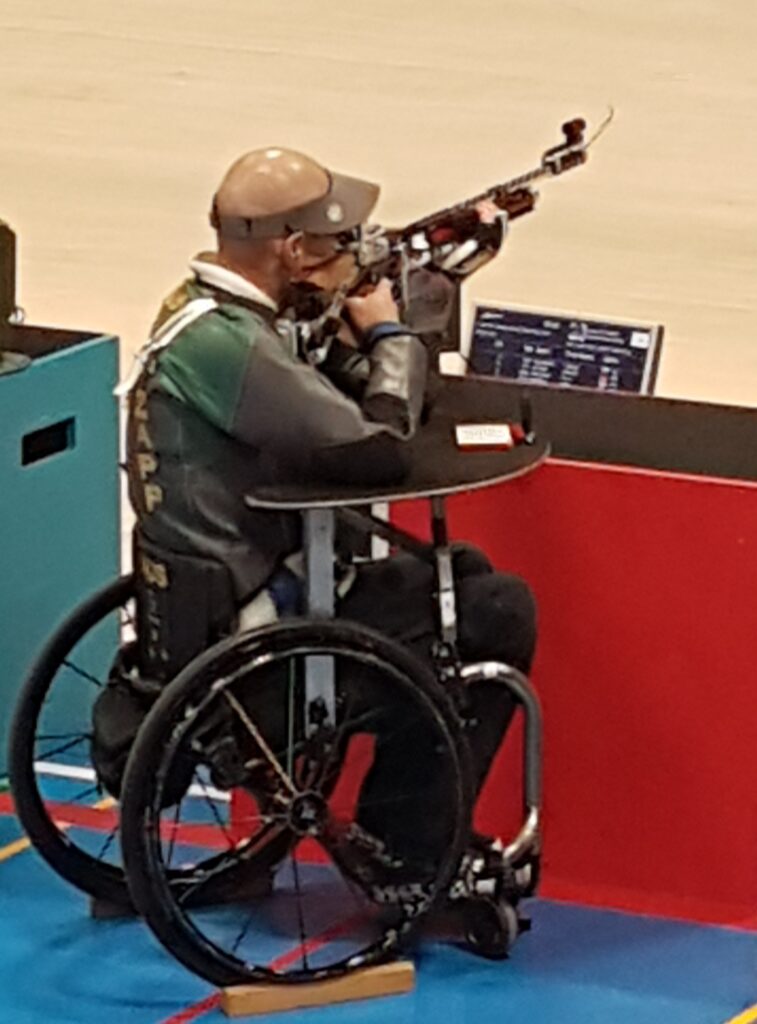
Shooting provides many opportunities for athletes with varying disabilities to participate and shooting has many events in the Paralympic Games. At the highest level there are 2 categories of shooting – SH1 which is basically those who have lost the use of the lower limbs, and SH2 which is loss of both upper and lower limb control.
The rifles used are the same as able bodied athletes. Some allowances and changes in equipment depend on the disability level of the athlete shooting. The differences in positions for air rifle, prone and 3 position also varies depending on the disability level.
Both Australia and WA have had a number of athletes with a disability who have seen great success internationally.
Scoring
Each competition shot fired can achieve a maximum of 10 points. The target is broken up into rings with the middle ring being the ’10’. To score a 10, the bullet or pellet has to touch or be inside the 10 ring. If it goes through the next ring out it will score a 9, the ring after that an 8 etc until the 1 ring. Your total score is the value of each shot of your match added together.
There is no difference in the targets that able bodied athletes and athletes with a disability shoot.
